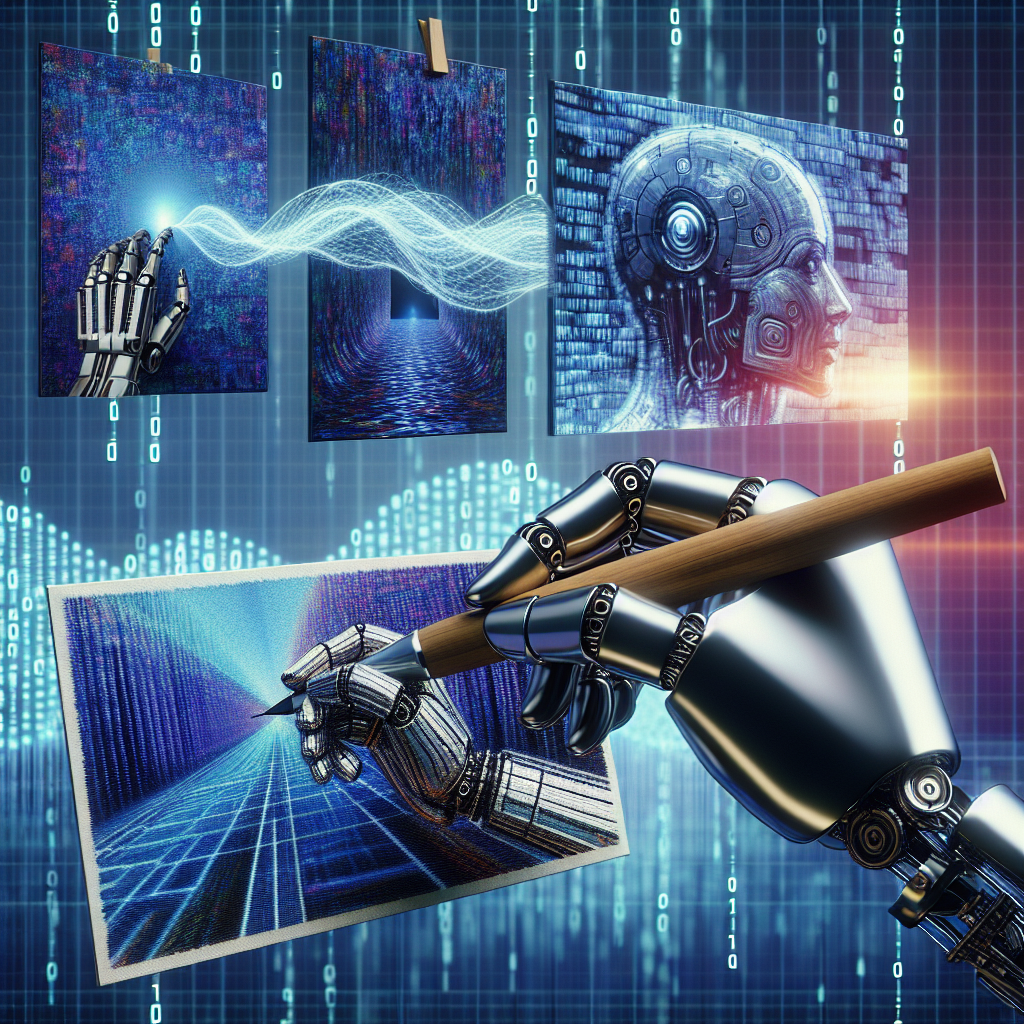Unpacking the Pandora’s Box: A Dive into the Latest AI Transformations
The tech world is a whirlwind of innovation, especially in the realm of artificial intelligence (AI). From image generation models to game-changing AI-focused tools, the latest developments suggest we’re not just stepping but leaping into the future. Today, let’s unpack some of these stellar advancements, each a cog in the giant wheel of AI progression.
The Fiery Flight of Adobe Firefly
Adobe’s release of its third iteration of the Firefly image generation model marks a notable, though not groundbreaking, advancement in graphic design tools. Integrated into Photoshop and available on Adobe's website, Firefly stands as a testament to Adobe’s commitment to blend AI with creative design. However, despite its ingenuity, Firefly could be seen as a case of "too little, too late."
In comparison to rivals like MidJourney and DALL-E 3, Firefly lacks the nuanced coherency, making it somewhat of an underdog in this high-stakes race. Nevertheless, Adobe spices up the game with features that allow users to tweak the aspect ratio and toggle between content types seamlessly—options that cater nicely to both photographers and digital artists. Moreover, the "structure reference" feature of Firefly, which retains the structural essence of an uploaded image in new creations, although innovative, still struggles against the more robust outputs of its competitors.
AI Inpainting: The Underdog’s Redemption
One shouldn’t rush to dismiss Firefly, particularly when considering its prowess in "generative fill" or inpainting within Photoshop. This feature, which allows users to edit or replace parts of an image with contextually appropriate AI-generated content, outshines similar capabilities in MidJourney and other models. So, while Firefly might not be the first pick for standalone image creation, its utility in detailed graphic editing is undeniable.
The Open Source Paradox: Stable Diffusion 3
The conversation about AI tools is incomplete without mentioning the dynamics of open-source availability. Stable Diffusion 3, recently integrated into the Stability AI API, serves as a fascinating case study. Previously, the versatility and free access to versions like Stable Diffusion XL 1.5 allowed widespread use and experimentation. However, with the monetization of version 3, the tool risks losing its appeal, unless, as suggested, it transitions back to an open-source model. Herein lies the paradox: the power of open-source to foster innovation against the profitability of proprietary software.
A Lemon on the Beach: Experimenting with Stable Diffusion 3
To put it to the test, a complex prompt involving a "lemon character relaxing on a beach with pink sand and snowy mountains" was thrown at Stable Diffusion 3. The results, while decent, paled when juxtaposed with outputs from idiogram AI, stirring a preference for the latter given the payment involved.
AI Upscaling and Beyond: Adobe’s Surprising Comeback
Despite earlier criticisms, Adobe swoops in with a potential game changer: an AI-powered upscaler. This tool, capable of transforming low-resolution videos into higher quality versions, showcases Adobe's capability to innovate pragmatically. The ability to enhance old footage to 4K quality could revolutionize the preservation and utilization of visual media, marking a significant leap in content restoration technology.
The Unrealized Potential of AI in Video Upscaling
Dreaming Tulpa’s demonstration of Adobe’s upscaling prowess, particularly in handling complex scenes like waterfalls or dynamic human activities, points to a future where AI not only enhances but revitalizes visual experiences. The potential application in cinematic remasters or video game enhancements is vast, setting the stage for a new era in digital visuals.
Gaming Worlds and Interactive Realities
The emergent technology turning videos into interactive game environments heralds a new frontier for AI application. By converting mundane backyard videos into playable game scenes, AI demonstrates its potential to blur the lines between reality and virtual, creating customizable, interactive experiences. This technology, still in its nascent stages, promises a playground for developers and gamers alike, offering a toolkit for creative expression that was previously unimaginable.
Bridging the Virtual with the Real
The transformation of simple videos into detailed game environments showcases the synergy between AI and gaming—a synergy that could redefine entertainment as we know it. As these tools become more refined, the leap from reality to virtual could become seamless, offering experiences limited only by imagination.
A Glimpse into the Future
As we venture deeper into the AI landscape, each tool, each model brings us closer to understanding the full potential of this technology. Whether it’s enhancing creativity, streamlining design processes, or transforming entertainment, AI continues to push the boundaries of what’s possible.
In conclusion, while tools like Adobe Firefly and Stable Diffusion 3 navigate their paths in the competitive AI market, their contributions to the broader narrative of AI development are indisputable. As we look ahead, the blend of open-source initiatives and proprietary innovations will likely dictate the pace and direction of AI evolution.
For further insights into the world of AI image generation and its implications on various industries, visiting sites like Adobe and Stability AI can offer additional perspectives and detailed information regarding the latest in AI technology advancements.
Related News
- The Rising Tide of AI Integration: A Comprehensive Look into Recent Developments
- The Thrilling Week in AI: Luma AI, Stable Diffusion 3, and Beyond
- The Week in AI: Insights and Innovations
- The Exciting Evolution of AI Image and Video Generation: A Deep Dive
- Unveiling the Latest Innovations in AI: Odyssey, Live Portrait, and Beyond
